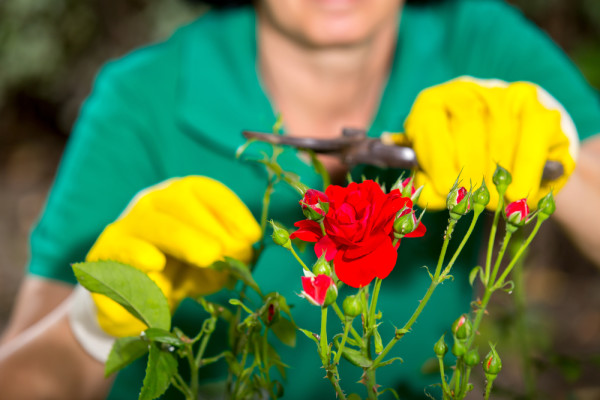A few minutes spent pruning is one of the best things you can do for the plants in your yard, but it’s one of the most neglected tasks of owning a home as it is not a skill everyone possesses. Mastering the following tips will reward your yard with thicker foliage and an abundance of healthy blooms.
Most homeowners prune when it is convenient for them, but timing is important. The removal of dead, weak, damaged, or crossing branches can be done anytime. Poorly timed pruning, like that done in the fall or early winter, can injure a plant and stunt or even eliminate its foliage and flower production.
During the tail-end of winter and early Spring, it is important to take this opportunity to prune your summer flowering plants. These will bloom on the coming season’s new growth. Their bare limbs make it easy to see the plant’s structure, and the flush of spring growth will quickly heal any wounds. Prune random-branching conifers (needle-leafed evergreens) once new growth is visible.
To prune your small flowering shrubs, be sure to prune them with a light hand to make them grow fuller and bushier. Using hand pruners, trim long, unbranched stems by cutting just above a healthy bud.
For small trees, try to avoid pruning a newly planted or young tree. It needs as many leaves as possible to produce the food required for good root growth. Be sure to only remove dead, broken, or injured branches, as well as those that cross or rub each other. Once the tree is a few years old, shape it gradually over the course of several years to maximize foliage and flowering.
Mature trees require only occasional pruning to maintain structure and appearance. NEver cut off the top of a tree’s canopy to reduce it’s size. Doing so will leave the tree unattractive and can allow for pests and weak growth.
If you follow these tips, you will be well on the way to having a beautiful yard!


